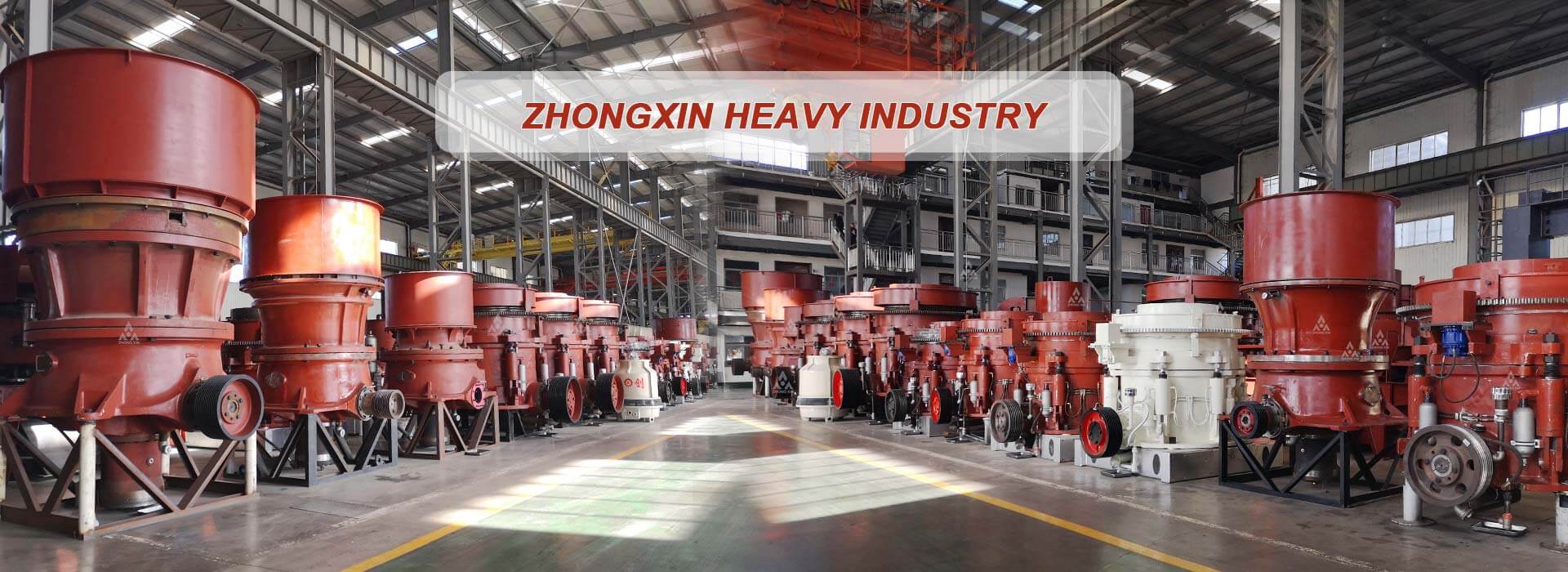The crushing products of cone crusher adopt the principle of lamination crushing, and the product size is better.
1. What is lamination crushing?
Pressurized crushing means that materials are squeezed and ground against each other in the crushing chamber and broken at cracks and defects. This process is called lamination crushing. Under normal circumstances, in the field operation of cone crusher, single particle crushing can be considered to have occurred only when the size of the material is large or the size of the crushing chamber is small enough to form an efficient crushing layer, that is, only when the materials at the feed port and discharge port are broken into single particles. Materials and materials are bound to squeeze each other, and most materials will break under such conditions, that is, materials will be laminated and broken at other positions in the crushing chamber.
2. How to achieve lamination crushing? Of course, in order to achieve lamination and crushing, certain prerequisites must be met:
(1) Appropriate feeding: Since only a sufficient amount of feed can form a certain number of material layers, the effect of lamination crushing can be achieved. When the number of crushing layers is 6-10, the energy saving effect is obvious, and it will also reflect the advantage of high output of the lamination crusher;
(2) Uniform feeding: Uniform feeding can make the material force distribution reasonable and make the crusher work smoothly;
(3) Uniform particle size: Because when the size of the material is very different in geometric size, the small material will protect the large material from being destroyed, that is, the fine particle protection phenomenon. Therefore, in order to avoid this phenomenon, the particle size of the feed should be uniform;
(4) Filling rate: If the filling rate of the material is too small, powdery particles will appear, causing a certain amount of waste, thereby reducing the effect of lamination crushing; when the filling rate is too large, the material is too tight and easy to agglomerate, which is not conducive to crushing. Therefore, a series of tests show that a filling rate between 0.55-0.75 is conducive to the advancement of the material.






 Leave Message
Leave Message Chat Online
Chat Online











